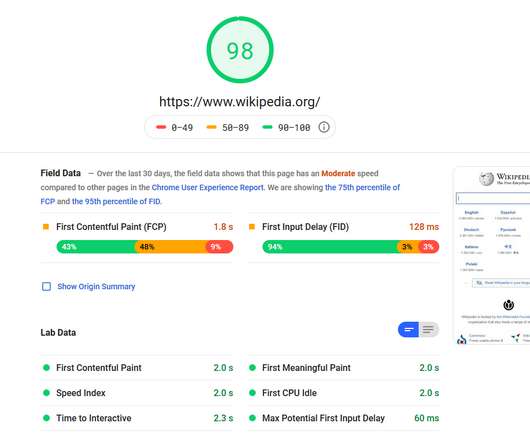Top 20 IT KPIs and Metrics You Must Track Today
Kaseya
AUGUST 23, 2022
What are IT KPIs? A KPI or key performance indicator is a measure of how effectively a particular department in an organization is achieving its key business objectives. As the name suggests, IT KPIs are used to evaluate the performance of internal IT departments and MSPs. System metrics. Total IT assets. Security metrics.















Let's personalize your content